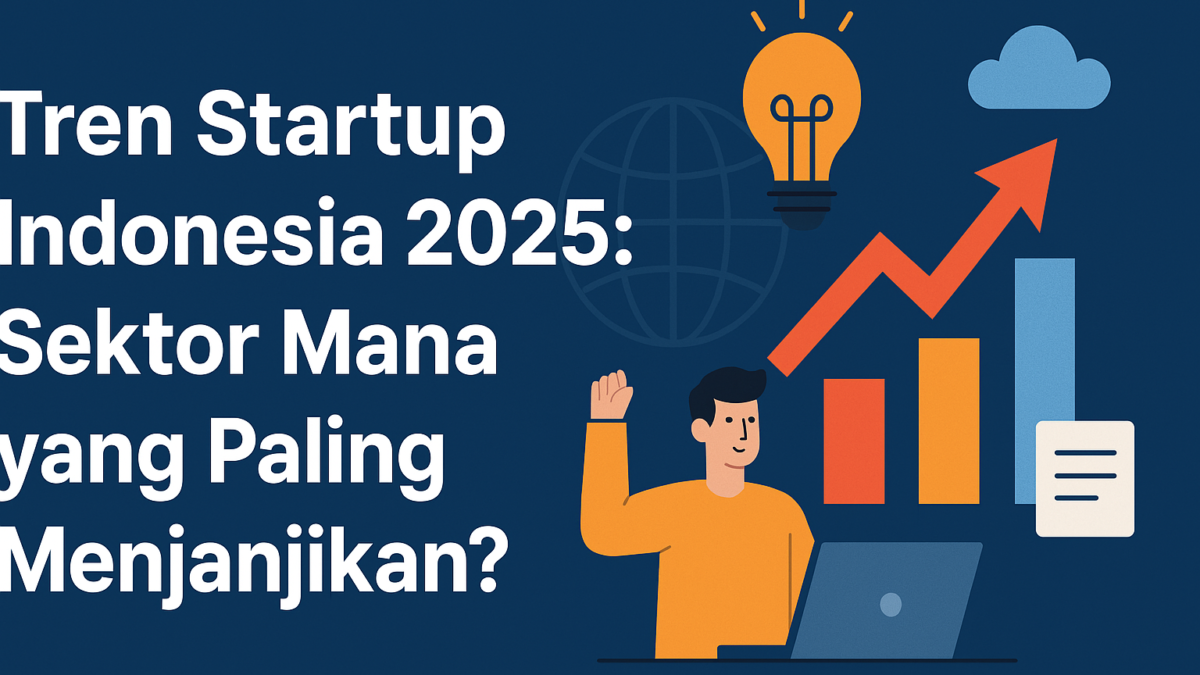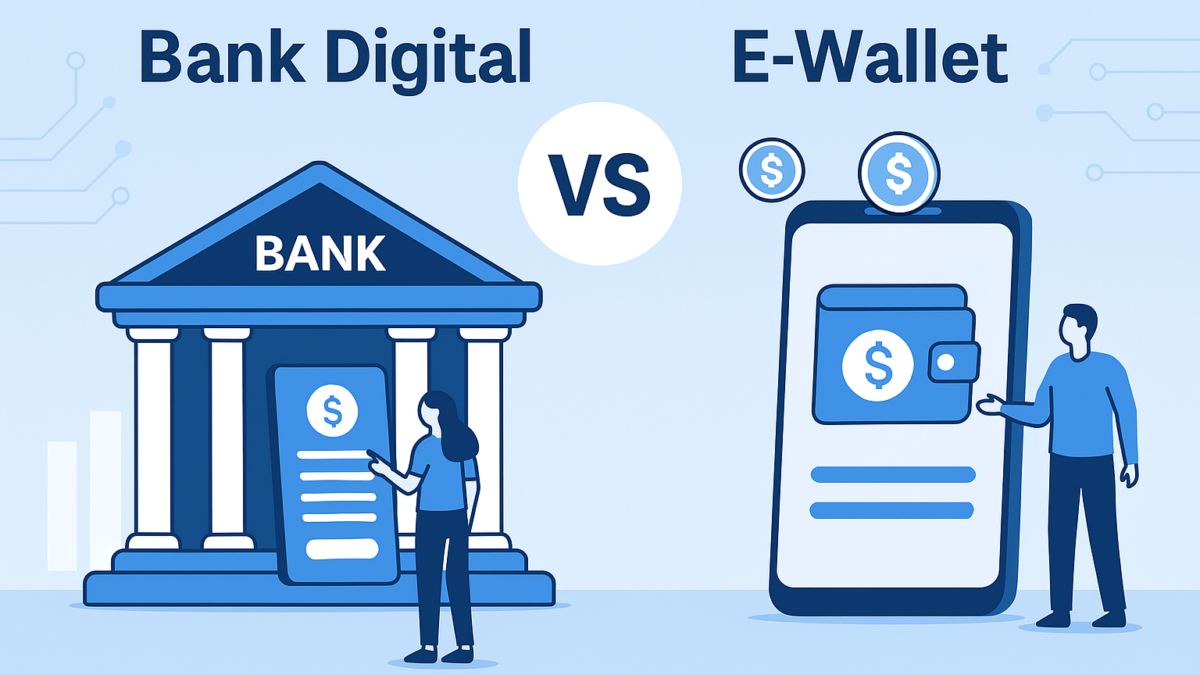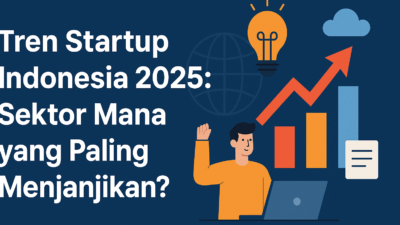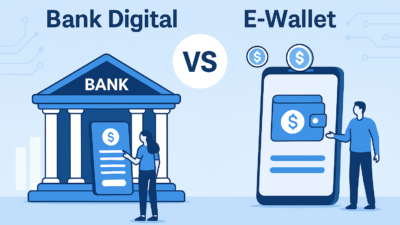
Overview
Achieving your first million in revenue is a significant milestone for any business. It’s a testament to your product-market fit, effective strategy, and resilience as an entrepreneur. But reaching this goal requires more than just a great idea—it demands a structured approach, disciplined execution, and adaptability. This roadmap outlines the steps to help you reach your first million in revenue.
1. Define Your Vision and Set Clear Goals
Why It Matters:
A clear vision aligns your efforts and keeps you focused on your ultimate goal. Break down the $1M milestone into manageable, short-term objectives.
Action Steps:
- Write down your business’s mission and vision.
- Set SMART goals: Specific, Measurable, Achievable, Relevant, and Time-bound.
- Example: “Generate $250,000 in revenue per quarter by targeting 1,000 new customers

2. Identify Your Target Market
Why It Matters:
Understanding your audience ensures you’re solving the right problems for the right people, making your marketing and sales efforts more effective.
Action Steps:
- Create detailed customer personas (e.g., age, occupation, pain points, purchasing behavior).
- Conduct market research to validate your assumptions.
- Focus on a niche where your product or service can stand out.
3. Build a Scalable Business Model
Why It Matters:
Your business model should not only generate revenue but also allow for growth without proportionally increasing costs.
Action Steps:
- Determine your revenue streams (e.g., subscription, e-commerce, B2B services).
- Evaluate your cost structure and identify areas for efficiency.
- Test and refine your pricing strategy to maximize profitability.

4. Develop a Strong Value Proposition
Why It Matters:
Your value proposition explains why customers should choose your business over competitors. It’s the foundation of your marketing and sales efforts.
Action Steps:
- Clearly articulate the unique benefits of your product or service.
- Focus on solving a critical problem or fulfilling a specific need.
- Communicate your value proposition consistently across all channels.
5. Optimize Your Marketing Funnel
Why It Matters:
An optimized marketing funnel ensures that potential customers move smoothly from awareness to purchase.
Action Steps:
- Map out your customer journey, from initial contact to conversion.
- Use tools like CRMs (e.g., HubSpot or Salesforce) to track leads and automate follow-ups.
- Regularly analyze and improve your funnel metrics, such as conversion rates and average deal size.

6. Leverage Digital Marketing
Why It Matters:
A robust online presence helps you reach a broader audience and generate leads cost-effectively.
Action Steps:
- Build a professional website optimized for SEO.
- Use social media platforms to engage your audience and showcase your expertise.
- Invest in paid ads and email marketing to drive traffic and conversions.
- Example: Use Facebook Ads to target specific demographics or Google Ads for high-intent search queries.
7. Cultivate Strategic Partnerships
Why It Matters:
Collaborations with other businesses can help you access new customers, share resources, and build credibility.
Action Steps:
- Identify complementary businesses that share your target audience.
- Offer cross-promotional opportunities or bundled services.
- Example: A fitness trainer partnering with a health supplement company.
8. Deliver Exceptional Customer Experience
Why It Matters:
Satisfied customers are more likely to return, refer others, and leave positive reviews, fueling organic growth.
Action Steps:
- Train your team to provide prompt, empathetic customer service.
- Implement tools like live chat or help desks to resolve issues quickly.
- Collect feedback and continuously improve your offerings.
9. Focus on Recurring Revenue
Why It Matters:
Recurring revenue provides financial stability and reduces the pressure to constantly acquire new customers.
Action Steps:
- Launch subscription-based services or maintenance packages.
- Incentivize long-term commitments with discounts or exclusive perks.
- Example: SaaS businesses offering annual plans instead of monthly subscriptions.
10. Track and Analyze Your Progress
Why It Matters:
Data-driven decisions help you allocate resources effectively and identify what’s working (or not).
Action Steps:
- Set up KPIs (e.g., monthly revenue, customer acquisition cost, churn rate).
- Use analytics tools like Google Analytics, Mixpanel, or Tableau.
- Review your financial statements regularly to monitor profitability and cash flow.
11. Scale Strategically
Why It Matters:
Sustainable scaling ensures you don’t overextend resources or compromise quality.
Action Steps:
- Hire key team members to handle increased workload.
- Automate repetitive tasks to save time and reduce errors.
- Expand into new markets or launch additional products only when your current operations are stable.
12. Learn from Successful Entrepreneurs
Why It Matters:
You don’t have to reinvent the wheel. Learning from others’ successes and failures can accelerate your growth.
Action Steps:
- Follow industry leaders and read case studies.
- Join entrepreneur networks or attend relevant conferences.
- Hire a mentor or business coach to guide your journey.
Real-Life Success Stories
- Basecamp
- Grew its first million by focusing on simplicity and solving real problems for project managers.
- Key takeaway: A clear value proposition and a lean business model can generate significant revenue.
- Glossier
- Leveraged social media and a customer-centric approach to build a loyal audience and hit $1M in sales within months.
- Key takeaway: Engaging directly with customers can create a devoted fan base.
Conclusion
Reaching your first million in revenue requires a mix of vision, strategy, and execution. By understanding your market, optimizing your operations, and staying customer-focused, you can hit this milestone and set the stage for even greater growth. Remember, every big goal starts with small, consistent steps—so start building your roadmap today.















